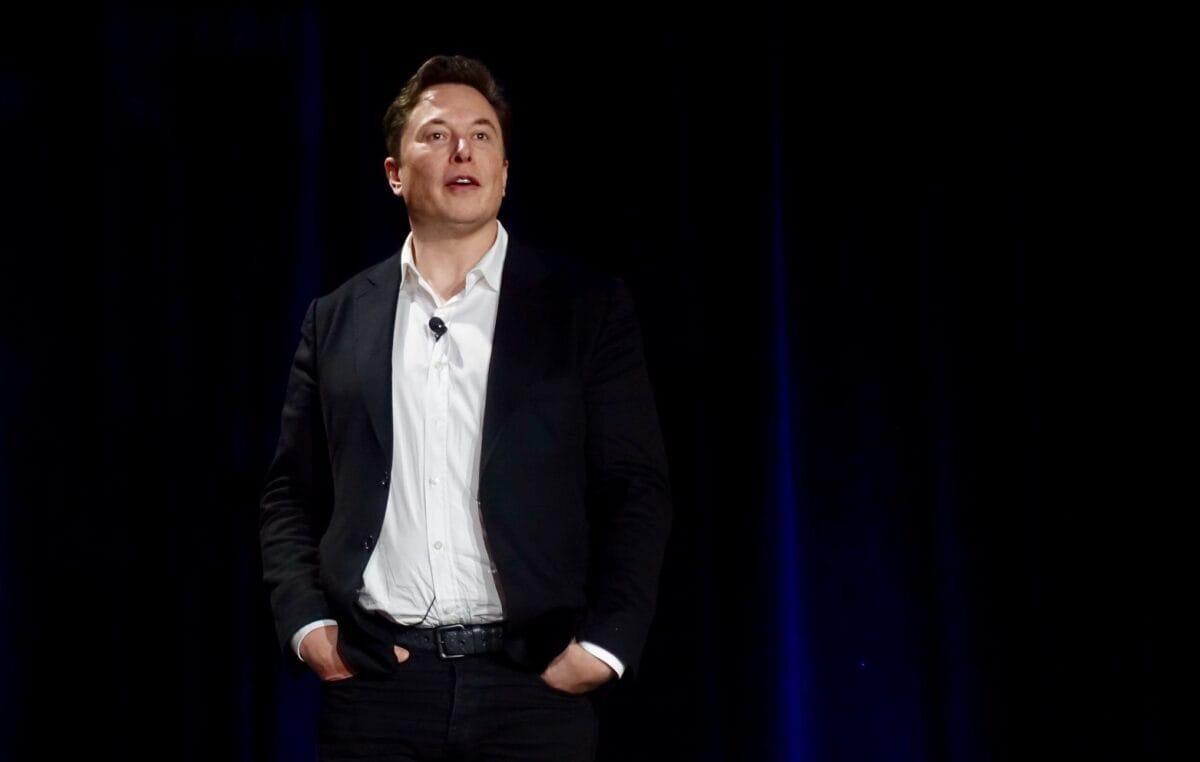SpaceX’s Starlink May Be a Candidate for the Rural Digital Opportunity Fund, But Will There Be Demand for Service?
June 18, 2020 — SpaceX, an aerospace manufacturer founded by Elon Musk, launched its eighth batch of internet-beaming Starlink satellites into orbit on June 3. The Starlink satellite constellation, which currently consists of 482 low-orbit satellites, holds the potential to deliver high-speed, low

June 18, 2020 — SpaceX, an aerospace manufacturer founded by Elon Musk, launched its eighth batch of internet-beaming Starlink satellites into orbit on June 3. The Starlink satellite constellation, which currently consists of 482 low-orbit satellites, holds the potential to deliver high-speed, low latency broadband connections around the globe.
Starlink comprises a large-scale mesh network of satellites, which all communicate with one another to relay information, rather than relying on a single base.
The satellites utilize low-Earth orbit technology. Starlink satellites orbit in altitudes ranging from 540 to 570 kilometers, a fraction of the 35,000 kilometers traditional geostationary satellites range around.
A satellite broadband history filled with disappointment
The history of satellite internet is defined by disappointment. Traditional satellite internet, which once held the potential to connect rural America, is, in actuality, easily disrupted by weather and expensive for both consumers and providers.
The technology utilized by Musk’s satellite network holds out the promise of potentially evading the drawbacks associated with traditional satellite technology. A major difference between traditional satellites and low-Earth orbit satellites is the latency that the network claims it will achieve.
While the latency of SpaceX’s Starlink is unknown, a competitor, OneWeb, reported that a test of its low-Earth orbit satellites delivered broadband speeds with an average latency of 32 milliseconds.
While low-Earth orbit satellites deliver far faster speeds than traditional satellites, they are still an unsuitable replacement for wired fiber connections. For such connections, latencies average 12 to 20 milliseconds and even lower.
In order to disrupt an already competitive market, Starlink must provide lower latency rates, as the existing U.S. standard is an average latency of 20 milliseconds.
Investment markets are slow to fund low-earth orbit technology as it is largely untested and demand for the service seems slim, especially when compared to skyrocketing demand for broadband.
Could SpaceX prove the exception for satellite broadband?
With the right pricing SpaceX could capture a segment of the underserved broadband market. However, little information about the company has been released and service and pricing options remain a mystery.
Where costs are set to rise steeply is on the ground, as Starlink’s service may require professional installation of costly end-user satellite infrastructure.
While providers utilizing low-Earth orbit technology are able to compete for the Rural Digital Opportunity Fund, they have some odds stacked against them. At the Federal Communications Commission meeting on June 9, the agency confirmed that it would allow SpaceX and other satellite providers to apply for rural broadband funding, but not to bid in the tiers with the highest speeds and lowest latencies.
FCC Chairman Ajit Pai told reporters in a video call after the meeting that satellite broadband companies will be able to apply for funding, but that the agency “will be doing a careful review on a case-by-case basis to make sure that any competitor is able to do what it says it can do.”
In rules spelling out the rural broadband bidding procedures, the agency said that funding will prioritize bids offering high speeds and low latencies. Experts believe most federal funding will go towards proven high-speed fiber and fixed wireless solutions.
The network construction period for RDOF bid winners is set to take place over the course of six years, and the grants will provide financial support for 10 years.










